How to Create a Watercolor Portrait in 3 Simple Steps
Recently I began experimenting with a quick technique for creating a watercolor style portrait with some of the brushes that we've created here at WeGraphics. After some trial and error I've come up with a 3 step process that ends in a nice effect that works on just about any portrait.
Here's a look at what we'll be creating.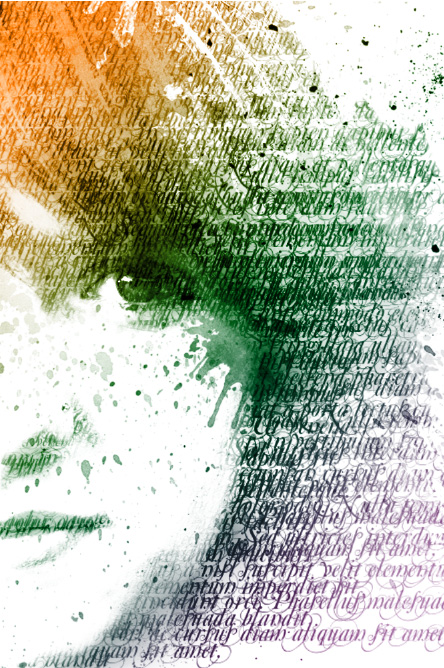 I've used an assortment of watercolor brushes available here at WeGraphics, including the free set linked below.
Free Watercolor Brushes
Insane Watercolor Brush Set
I've used an assortment of watercolor brushes available here at WeGraphics, including the free set linked below.
Free Watercolor Brushes
Insane Watercolor Brush Set
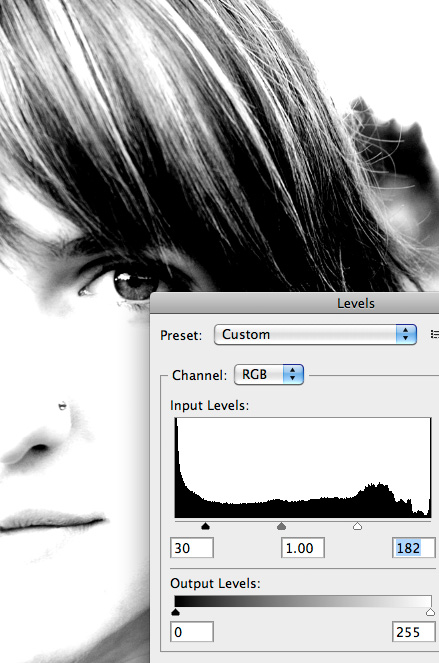 To create the texture, I used a custom brush of solid text. You can use any font that you like, but I chose Mutlu for its ornamental loops and curls.
Create a new blank document 700x700 pixels and fill the document with a block of black text.
To create the texture, I used a custom brush of solid text. You can use any font that you like, but I chose Mutlu for its ornamental loops and curls.
Create a new blank document 700x700 pixels and fill the document with a block of black text.
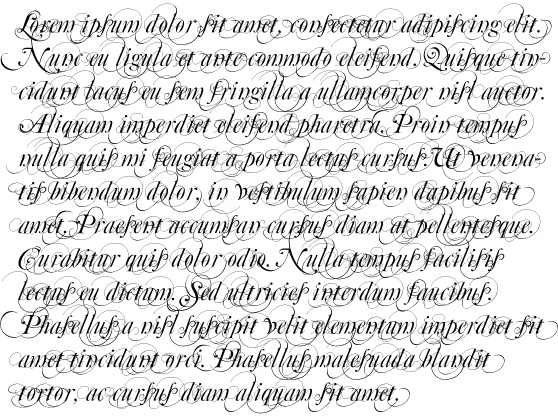 Now click (Edit | Define Brush Preset) to create the custom brush. Back to your portrait image, create a layer mask for the girl's layer.
Now click (Edit | Define Brush Preset) to create the custom brush. Back to your portrait image, create a layer mask for the girl's layer.
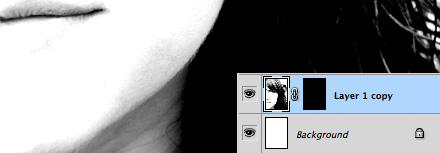 Fill the layer mask with solid black, which will make the girl disappear. Using your newly created custom brush, select solid white for your foreground color and begin to click on the mask to reveal portions of the girl's face. Experiment with different opacity settings for your brush.
Fill the layer mask with solid black, which will make the girl disappear. Using your newly created custom brush, select solid white for your foreground color and begin to click on the mask to reveal portions of the girl's face. Experiment with different opacity settings for your brush.
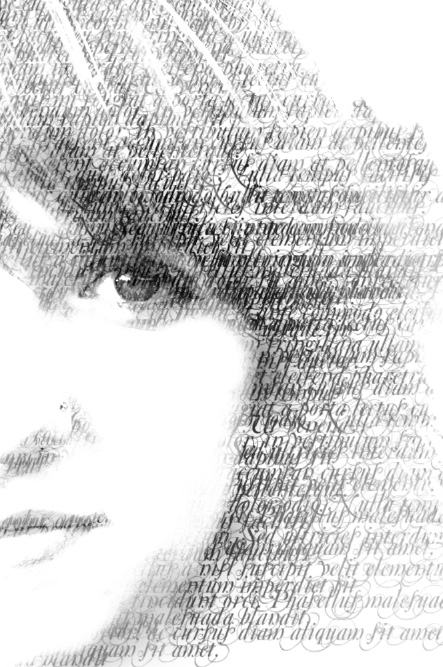
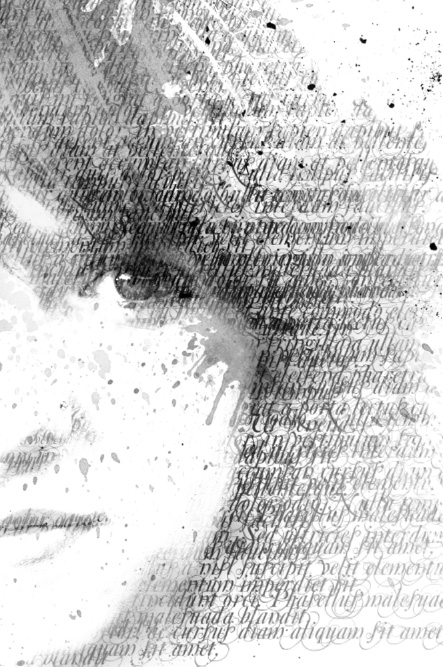
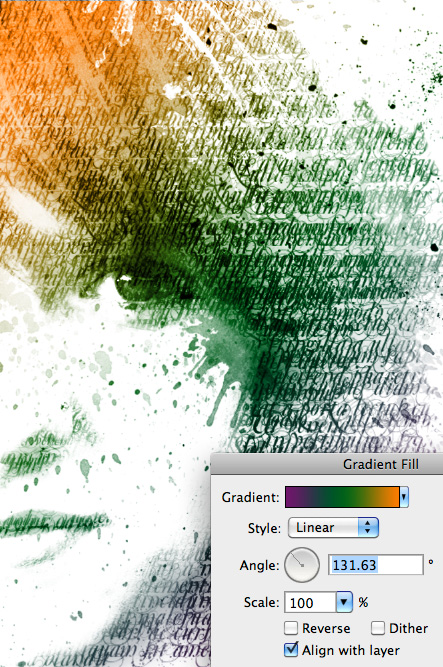 As I mentioned before, this effect seems to work with just about any photo. Below is another example.
As I mentioned before, this effect seems to work with just about any photo. Below is another example.
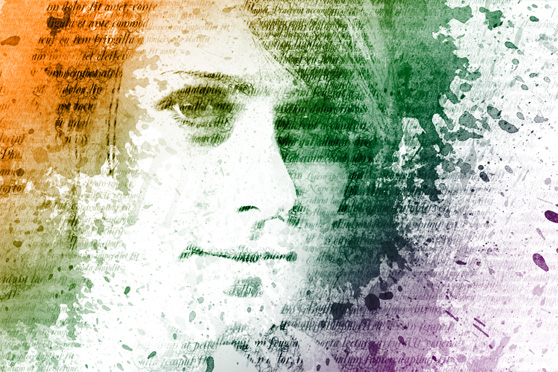 I hope you found this technique easy to apply, and I hope it also inspires some experimentation!
I hope you found this technique easy to apply, and I hope it also inspires some experimentation!
Here's a look at what we'll be creating.
 I've used an assortment of watercolor brushes available here at WeGraphics, including the free set linked below.
Free Watercolor Brushes
Insane Watercolor Brush Set
I've used an assortment of watercolor brushes available here at WeGraphics, including the free set linked below.
Free Watercolor Brushes
Insane Watercolor Brush Set
Step 1 - Create the Texture
For the portrait, I'm using this free image from Stock.Xchng. Open the image in Photoshop. From here we need to create a very high contrast version of the image. To do that we first need to desaturate the image (Cmd+Shift+U) or (Image | Adjust | Desaturate). The we need to punch up the contrast using levels (Image | Adjust | Levels). To create the texture, I used a custom brush of solid text. You can use any font that you like, but I chose Mutlu for its ornamental loops and curls.
Create a new blank document 700x700 pixels and fill the document with a block of black text.
To create the texture, I used a custom brush of solid text. You can use any font that you like, but I chose Mutlu for its ornamental loops and curls.
Create a new blank document 700x700 pixels and fill the document with a block of black text.
 Now click (Edit | Define Brush Preset) to create the custom brush. Back to your portrait image, create a layer mask for the girl's layer.
Now click (Edit | Define Brush Preset) to create the custom brush. Back to your portrait image, create a layer mask for the girl's layer.
 Fill the layer mask with solid black, which will make the girl disappear. Using your newly created custom brush, select solid white for your foreground color and begin to click on the mask to reveal portions of the girl's face. Experiment with different opacity settings for your brush.
Fill the layer mask with solid black, which will make the girl disappear. Using your newly created custom brush, select solid white for your foreground color and begin to click on the mask to reveal portions of the girl's face. Experiment with different opacity settings for your brush.

Step 2 - Add the Watercolor
Now on a new layer above the portrait, begin adding watercolor with single clicks, using a black brush. There's no specific method here. Just do what you feel looks right. Don't go overboard, less is more with these splatters. You don't want them to detract from the subjects face.
Step 3 - Add a Little Color
To add color, we need to create a Gradient Fill Adjustment Layer, and set it's blending mode to Overlay. You can use any colors you prefer. Below is the gradient that I used from the default selections. As I mentioned before, this effect seems to work with just about any photo. Below is another example.
As I mentioned before, this effect seems to work with just about any photo. Below is another example.
 I hope you found this technique easy to apply, and I hope it also inspires some experimentation!
I hope you found this technique easy to apply, and I hope it also inspires some experimentation!



